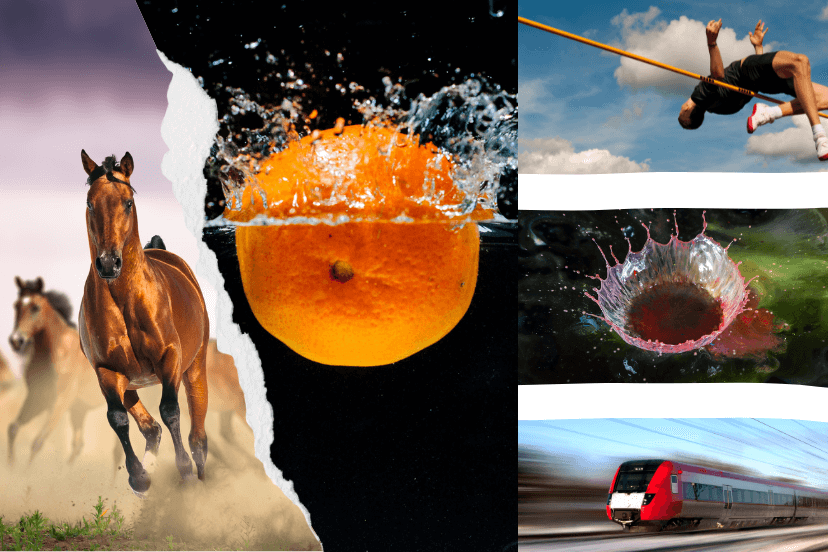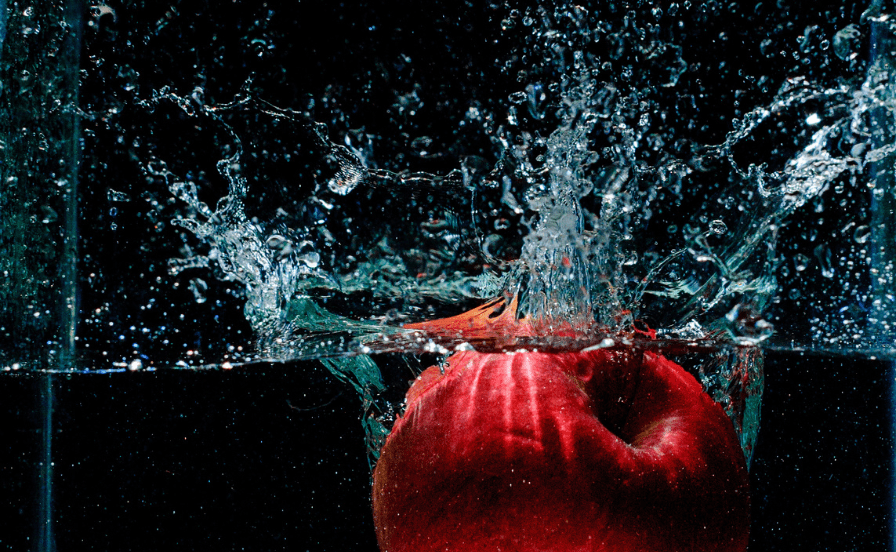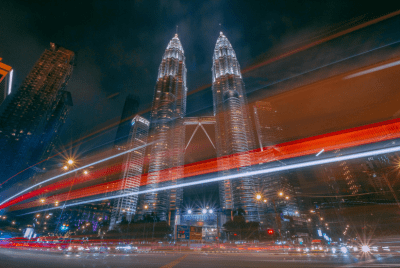From Blurs to Brilliance: Master the Art of High-Speed Photography
High-Speed Photography: Capturing the Thrill of Motion
High-speed photography is one of my absolute favorites and, capturing breathtaking moments of speed and motion, has become one of my ultimate creative pursuits. From freezing a droplet of water in midair to capturing the precise moment a race car speeds past, high-speed photography allows us to delve into the beauty and excitement that occurs within the blink of an eye. Allow me to guide you through the mesmerizing world of high-speed photography, and sharing valuable insights and suggestions to help you take extraordinary photos of fast-moving objects.
I am a participant in the Amazon Services LLC Associates Program, an affiliate advertising program designed to provide a means for me to earn fees by linking to Amazon.com and related sites. This post may contain affiliate links, which means I may receive a commission, at no cost to you, for purchases made using my links. Please see my disclosure to learn more.
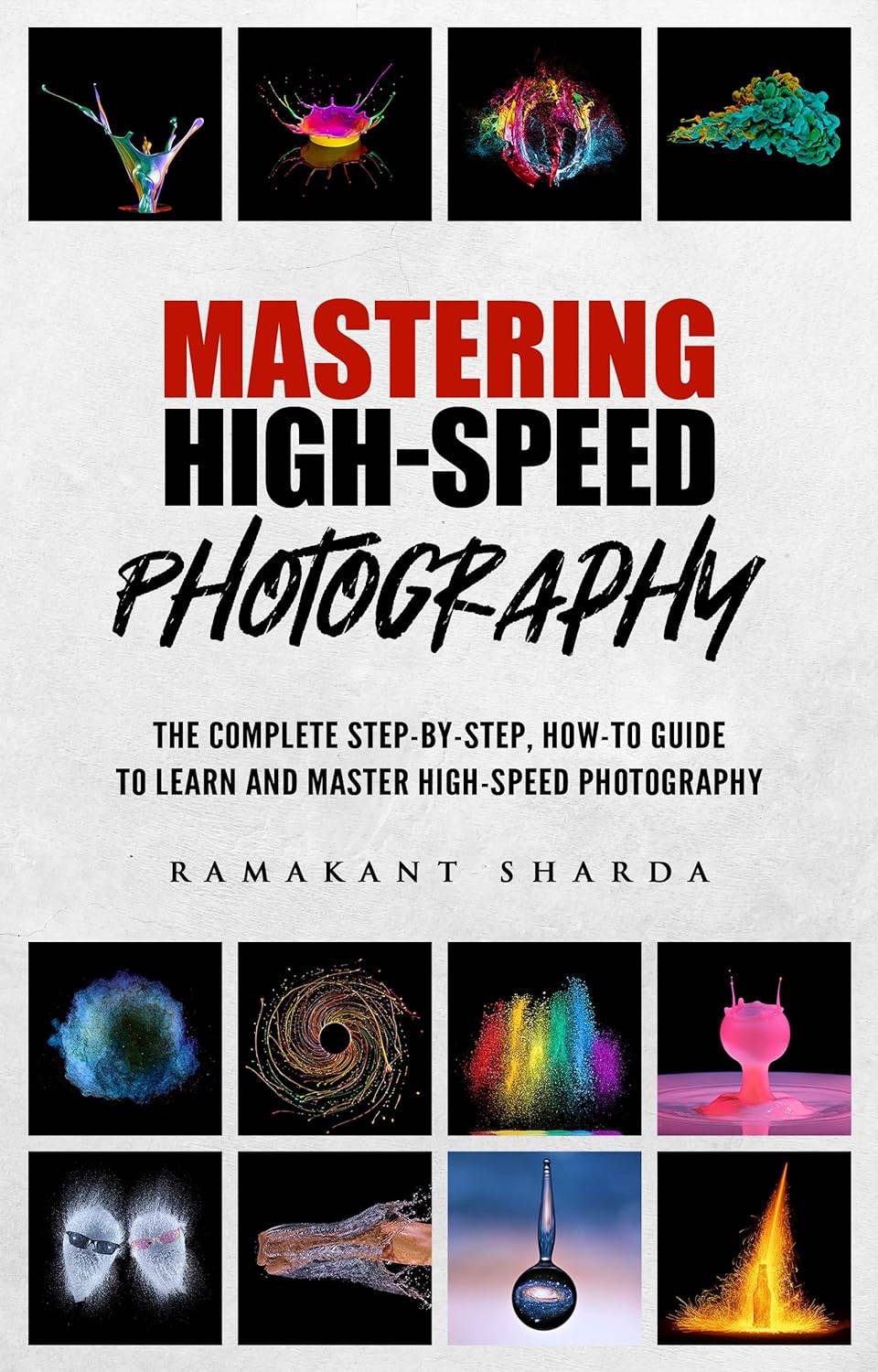
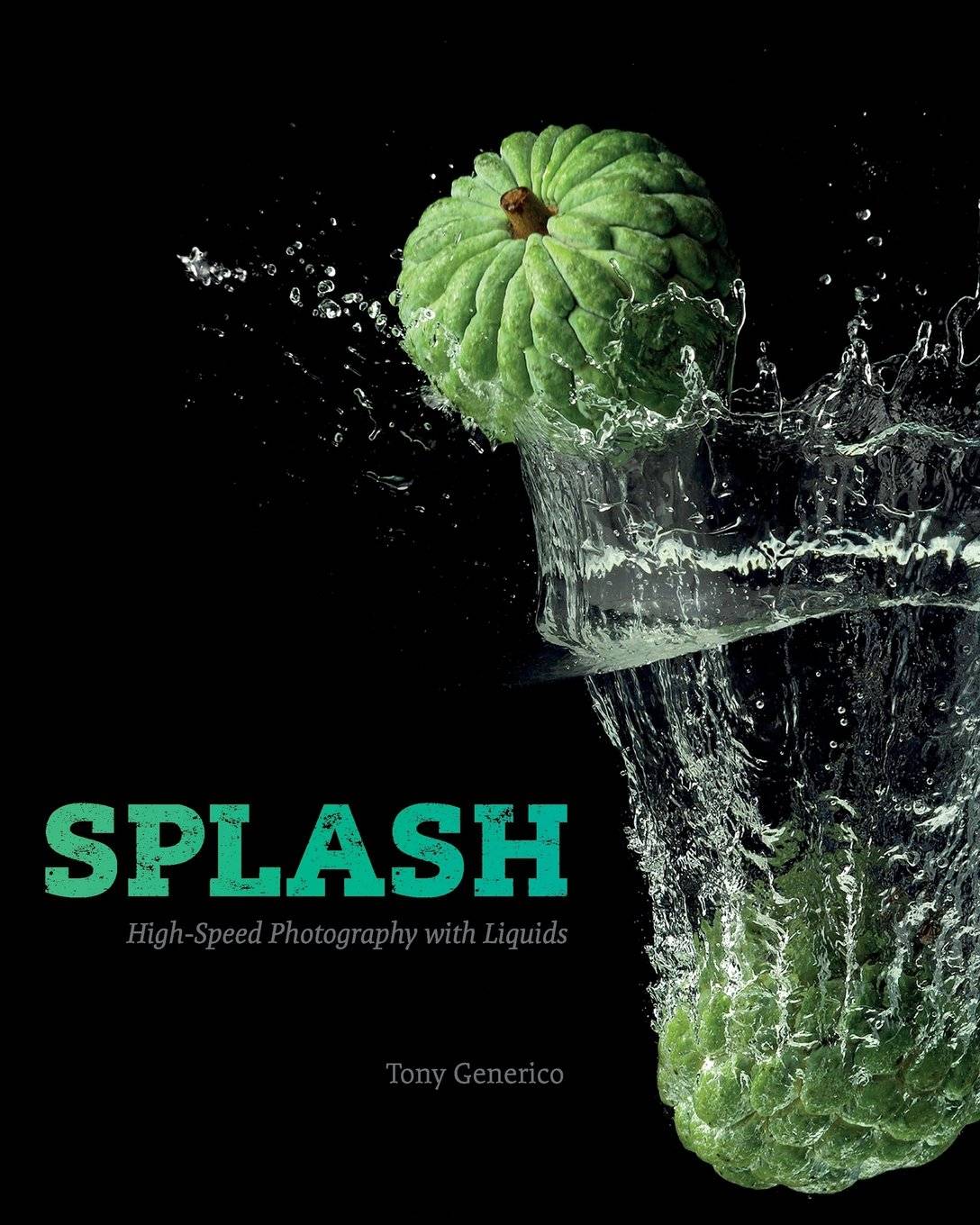
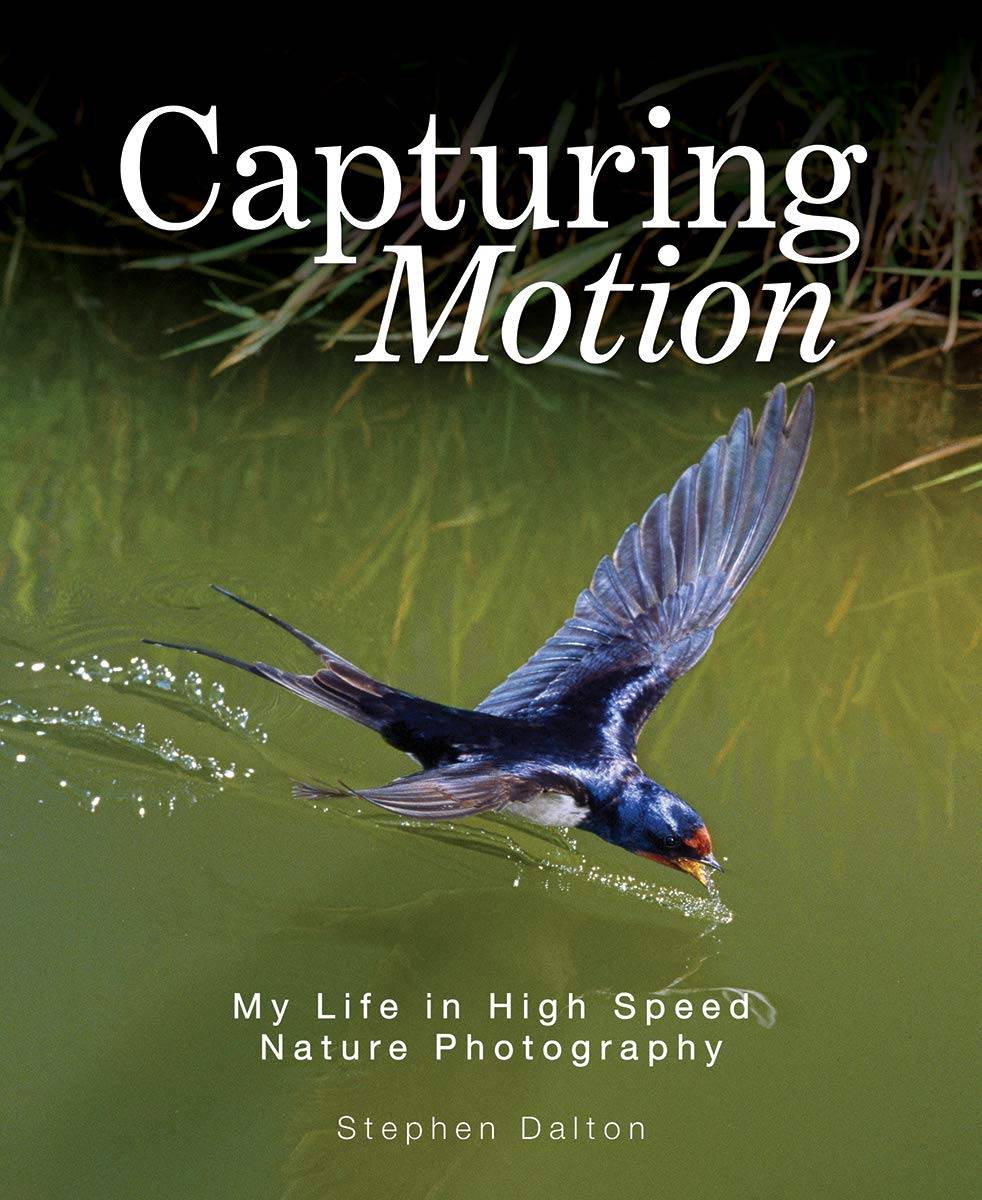
The Basics of High-Speed Photography
To embark on a successful high-speed photography journey, it is crucial to understand the fundamental principles that govern this art form. The interplay of three key settings—shutter speed, aperture, and ISO—holds the key to freezing motion, achieving optimal exposure, and managing image noise.
Shutter Speed: Freezing the Action
One of the pillars of high-speed photography, shutter speed determines the duration of time your camera’s shutter remains open. To capture crisp and sharp images, especially in fast-paced scenarios, it is essential to use fast shutter speeds. A shutter speed of 1/1000th of a second or faster can effectively freeze motion, allowing you to capture split-second moments with remarkable clarity.
Aperture: Balancing Light and Depth
The aperture setting controls the amount of light that enters the camera through the lens. While larger apertures (smaller f-stop values) allow more light to reach the sensor, they also result in shallower depth of field. For high-speed photography, it is often recommended to use wider apertures (e.g., f/2.8) to let in more light and maintain a faster shutter speed. This combination ensures sharp focus on the subject while creating a pleasing background blur.
ISO: Managing Sensitivity and Noise
ISO determines the camera sensor’s sensitivity to light. Higher ISO values can help in low-light situations, but they may introduce unwanted noise or graininess into the image. When shooting fast-moving objects, strive to use the lowest ISO possible to maintain image quality and minimize noise. Experiment with different settings to strike a balance between sensitivity and noise control.
Essential Equipment for High-Speed Photography
To capture high-speed moments effectively, it is essential to have the right tools at your disposal. Here are the key pieces of equipment that can significantly enhance your high-speed photography endeavors.
Camera: Choosing the Right Tool
When it comes to high-speed photography, a camera with a fast autofocus system, burst shooting capabilities, and high-resolution sensors is highly advantageous. While professional-level DSLRs often excel in these areas, some mirrorless cameras also offer excellent features tailored for capturing fast-moving subjects.
Lenses: Capturing the Details
Investing in lenses suitable for high-speed photography is paramount. Fast lenses with wide maximum apertures enable more light to enter the camera, allowing for faster shutter speeds. Telephoto lenses, such as a 70-200mm f/2.8, are popular choices for capturing subjects at a distance while maintaining image quality and sharpness.
Tripod: Ensuring Stability
In high-speed photography, stability is key to capturing sharp and blur-free images. A sturdy tripod helps maintain the camera’s position, eliminating camera shake caused by hand movements. Look for tripods that offer stability and flexibility in various shooting positions.
External Flash: Controlling Light
An external flash provides additional control over lighting conditions, especially when shooting in challenging environments. By using external flash units, such as speed lights, you can freeze motion effectively, eliminate harsh shadows, and achieve optimal exposure.
Remote Shutter Release: Precise Timing
A remote shutter release allows you to trigger the camera without physically touching it. This eliminates the risk of camera shake and ensures precise timing when capturing high-speed moments. With a remote shutter release, you can focus on composition and timing while maintaining stability.

Outdoor Action and Adventure Photography
The difference between getting the shot and missing the shot comes down to split seconds and how you manage your gear and your technique. In Outdoor Action and Adventure Photography professional adventure sports photographer Dan Bailey shows readers how to react quickly to unfolding scenes and anticipate how the subject and the background might converge.
Techniques for Capturing High-Speed Moments
Mastering high-speed photography involves employing various techniques to capture the energy and dynamism of fast-moving subjects. Here are some valuable techniques to consider:
Lighting Considerations
Lighting plays a crucial role in high-speed photography, as it can dramatically impact the overall look and feel of your images. Consider the following lighting techniques to enhance your high-speed shots:
Natural Light: Mastering Outdoor Shots
When shooting outdoors, take advantage of natural light sources, such as sunlight or even moonlight. Position yourself strategically to make the best use of available light, paying attention to the direction, intensity, and quality of light to achieve stunning results.
Stroboscopic Flash: Multiple Exposures
Using a stroboscopic flash allows you to capture multiple exposures of a moving subject in a single frame. By firing the flash multiple times during a long exposure, you can create a sequence of frozen moments, showcasing the various stages of movement.
Composition and Framing
An exceptional composition adds depth and visual interest to high-speed photographs. Consider the following techniques to enhance your compositions:
Rule of Thirds: Achieving Balance
Divide your frame into a 3×3 grid and position the main subject or focal point at one of the intersections. This technique, known as the rule of thirds, adds balance and visual appeal to your images.
Panning: Conveying Motion
Panning involves tracking a moving subject with your camera while using a slower shutter speed. By following the subject’s motion, you can capture a sharp subject against a blurred background, effectively conveying a sense of speed and motion.
Timing and Precision
High-speed photography requires impeccable timing and precision. Consider the following solutions to improve your timing skills:
Trial and Error: Learning from Experience
Mastering the art of timing in high-speed photography often comes through practice and experimentation. Be patient, learn from your mistakes, and keep refining your skills. With time, you’ll develop an intuitive sense of when to press the shutter and capture that fleeting moment.
Remote Shutter Release: Precise Control
Utilizing remote triggers or cable releases to achieve precise control over the exact moment of capture, minimize any potential delay caused by manually pressing the shutter button, ensuring that you don’t miss critical moments.
Recommended

Xenvo Shutterbug – Camera Shutter Remote Control
Recommended
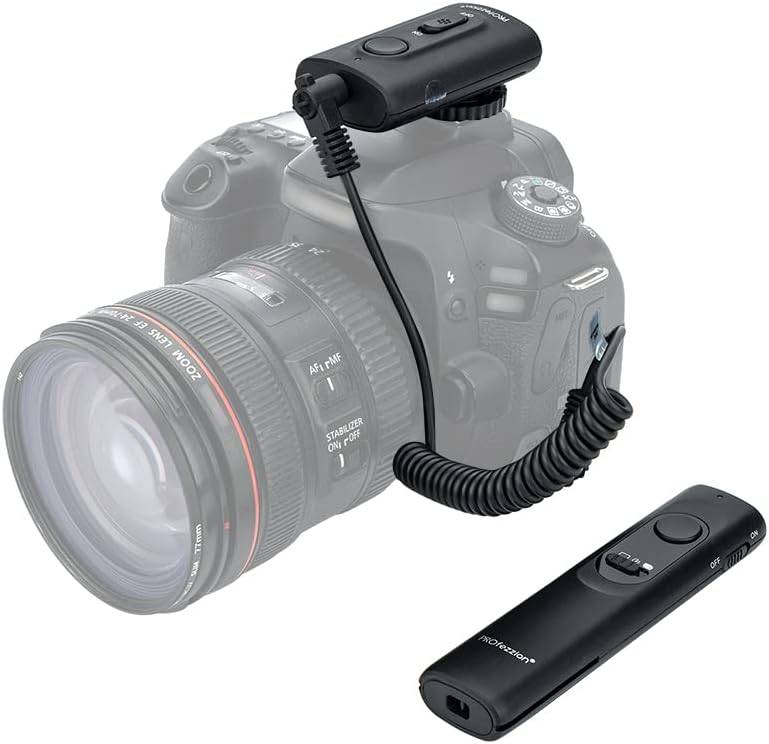
Wireless Camera Remote Shutter Release
Recommended
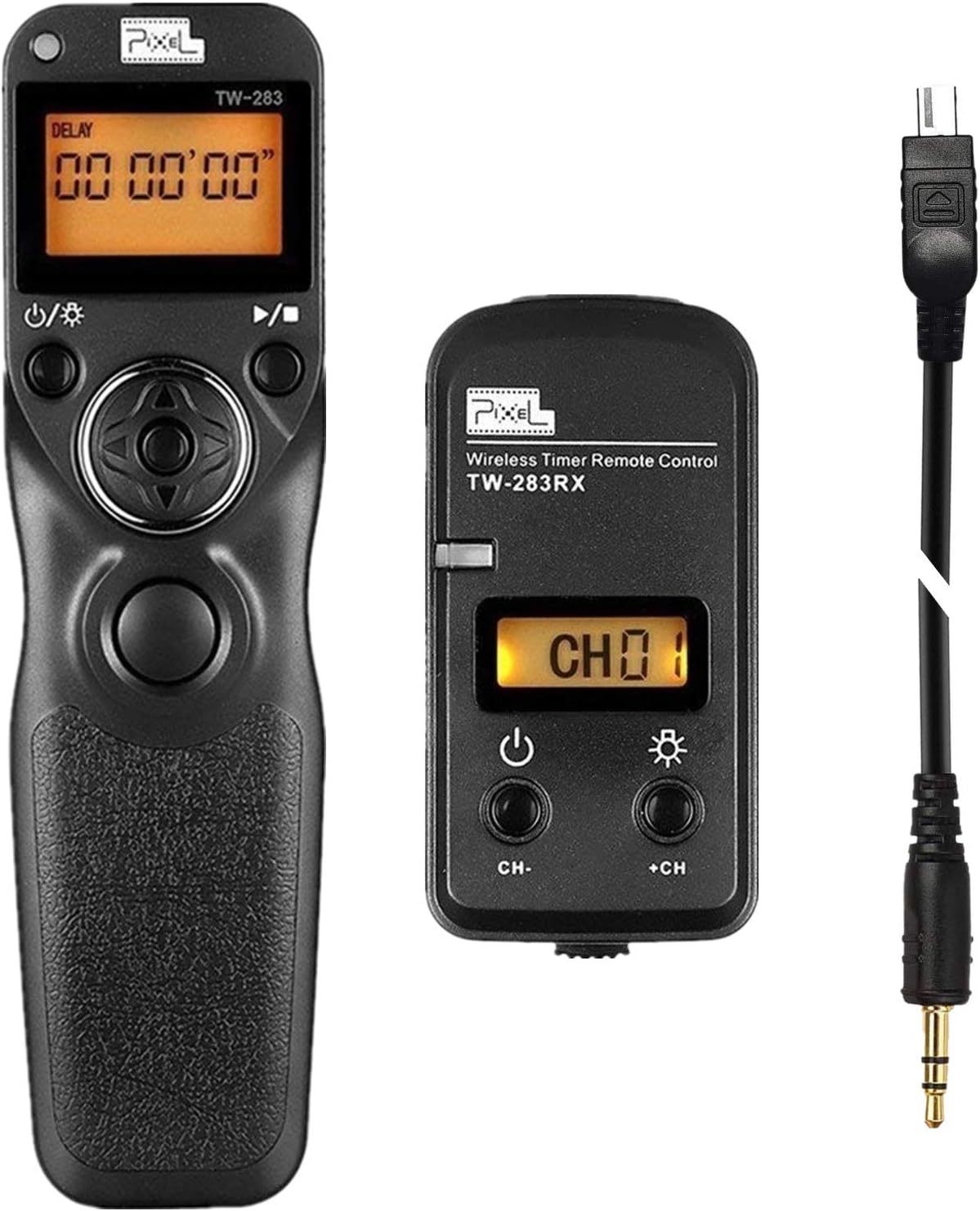
Pixel Timer Shutter Release Remote Control
Pre-Focus: Minimizing Shutter Lag
To reduce the chances of missing a critical moment, pre-focus your camera on the anticipated area of action. This technique helps minimize shutter lag and allows you to capture the precise moment without delay.
Continuous Shooting: Increasing Chances
Utilize your camera’s continuous shooting mode to capture a rapid sequence of images. This technique increases your chances of capturing the perfect moment by allowing you to choose the best frame from a series of shots.
Post-Processing for Impact
Post-processing can elevate your high-speed photographs, enhancing their impact and visual appeal. Consider the following post-processing techniques:
Selective Focus: Highlighting Details
Emphasize the subject’s details by applying selective focus during post-processing. By adjusting the depth of field or using tools like the blur brush, you can draw attention to specific elements within the frame.
Black and White: Enhancing Drama
Converting high-speed photographs to black and white can enhance their dramatic impact. Black and white images often emphasize contrast, shapes, and textures, conveying a sense of timelessness and artistic expression.
Motion Blur: Conveying Dynamic Energy
Intentionally adding motion blur to select elements in your high-speed photographs can enhance the sense of dynamic energy. By blurring specific parts of the image while keeping the subject sharp, you can create a captivating visual effect.
Challenges and Solutions in High-Speed Photography
While high-speed photography offers incredible opportunities for capturing dynamic moments, it also presents unique challenges. Here are some common challenges and their corresponding solutions:
Low Light Situations
In low-light environments, capturing high-speed moments can be particularly challenging. Consider the following solutions to overcome low light obstacles:
Increasing ISO: Balancing Noise
When faced with low light conditions, gradually increase your camera’s ISO setting to achieve a well-exposed image. However, be mindful of the trade-off between higher ISO values and increased noise. Find the optimal balance that minimizes noise while maintaining acceptable image quality.
Using Artificial Lighting: Supplementary Options
When natural light is insufficient, supplement it with artificial lighting sources. Experiment with off-camera flashes, continuous LED lights, or light painting techniques to ensure adequate illumination and freeze motion effectively.
Fast-Moving Subjects
Photographing subjects that move swiftly requires careful preparation and technique. Consider the following solutions for capturing fast-moving objects:
Predicting Movement: Preparing for the Shot
Familiarize yourself with the subject’s movement patterns and anticipate their actions. By studying and understanding their behavior, you can position yourself in the right place at the right time, increasing your chances of capturing the perfect moment.
Continuous Autofocus: Maintaining Sharpness
When tracking fast-moving subjects, utilize your camera’s continuous autofocus mode to maintain sharpness throughout the sequence. This feature adjusts the focus as the subject moves, ensuring that your images remain crisp and well-defined.
Final Thoughts on High Speed Photography
High-speed photography is a thrilling and rewarding pursuit that allows us to freeze moments of excitement and action. By understanding the fundamental principles, equipping yourself with the right tools, employing effective techniques, and overcoming challenges, you can capture stunning images of fast-moving objects. Embrace the art of high-speed photography, unleash your creativity, and immerse yourself in the dynamic world of capturing the thrill of motion.
Always take care and stay safe, especially when you’re filming around fast moving vehicles and animals.
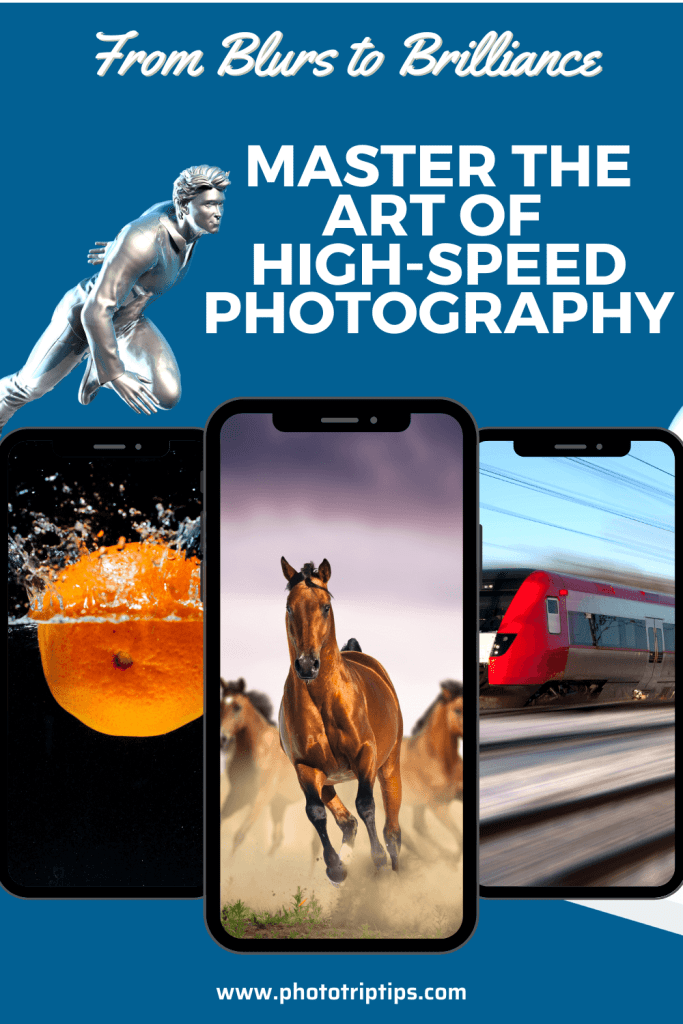
FAQs (Frequently Asked Questions)
1. What is high-speed photography? High-speed photography is a technique that involves capturing fast-moving subjects or events with remarkable detail and precision. It allows us to freeze split-second moments and convey a sense of motion and excitement.
2. What equipment do I need for high-speed photography? Essential equipment for high-speed photography includes a camera with fast autofocus capabilities, lenses with wide maximum apertures, a sturdy tripod, an external flash, and a remote shutter release for precise timing.
3. How can I freeze motion in high-speed photography? To freeze motion, use fast shutter speeds, wider apertures, and proper lighting techniques. Additionally, employing techniques like pre-focusing, continuous shooting, and tracking fast-moving subjects can help you capture sharp and dynamic images.
4. How can I overcome low light challenges in high-speed photography? To overcome low light challenges, increase your camera’s ISO setting gradually while balancing noise levels. Additionally, consider using artificial lighting sources such as off-camera flashes or continuous LED lights to supplement the available light.
5. What post-processing techniques can enhance high-speed photographs?
Several post-processing techniques can enhance high-speed photographs:
- Selective Focus: Highlight specific details by adjusting the depth of field or using tools like the blur brush to draw attention to the subject.
- Black and White Conversion: Convert images to black and white to enhance contrast, shapes, and textures, creating a more dramatic and timeless effect.
- Motion Blur: Intentionally add motion blur to certain elements of the image while keeping the subject sharp, conveying a sense of dynamic energy.
- Exposure Adjustment: Fine-tune the exposure to ensure optimal brightness and contrast in the image.
- Color Correction: Adjust the color balance, saturation, and vibrance to enhance the visual impact of the photograph.
- Noise Reduction: Apply noise reduction techniques to minimize any noise or graininess that may have resulted from higher ISO settings.
- Cropping and Composition: Refine the composition by cropping or straightening the image, emphasizing the subject and improving overall visual balance.
Remember, post-processing should be used to enhance the image while maintaining a natural and realistic appearance. Experiment with different techniques and find a post-processing workflow that best suits your creative vision and style.

